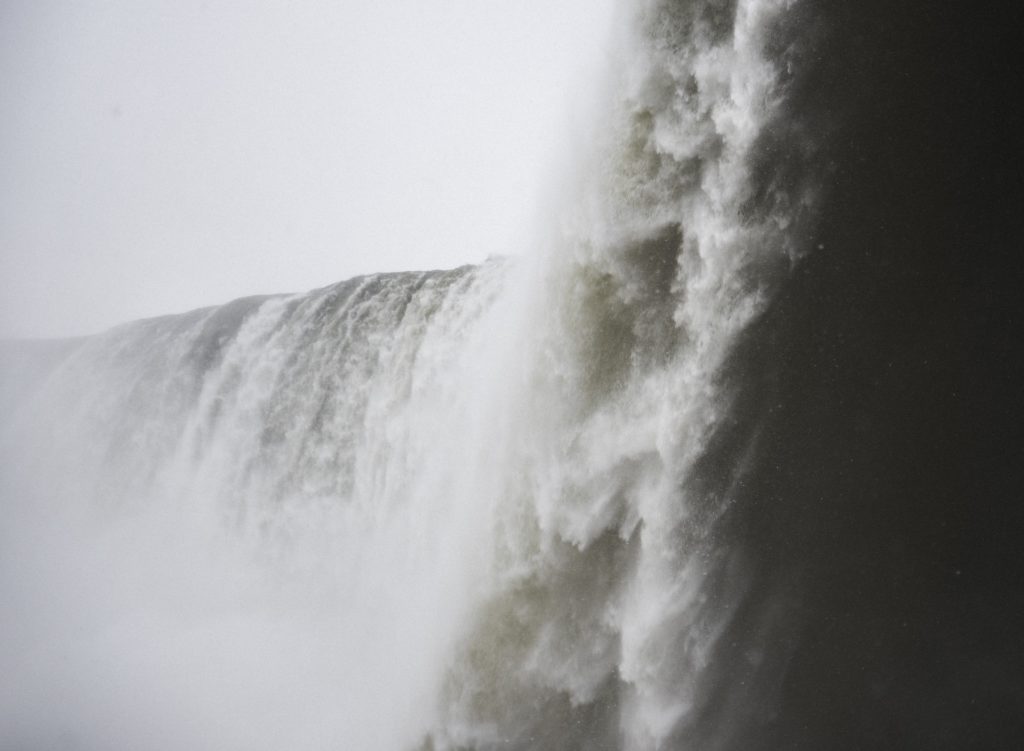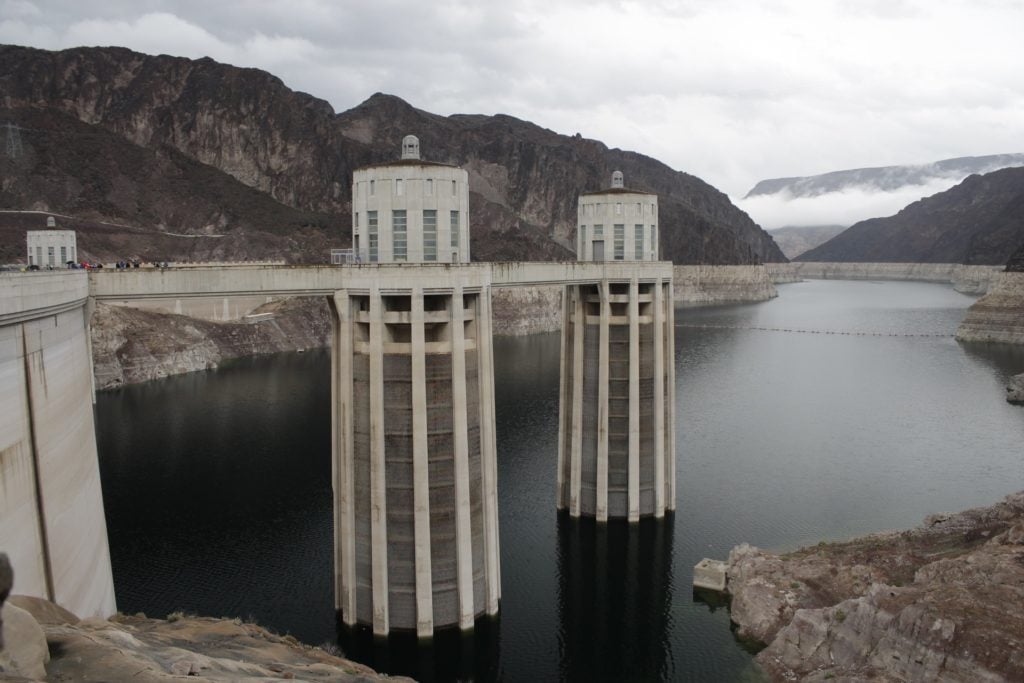Hydroelectric power converts water into energy typically using a dam but there are other methods in which regions can convert the power water provides into energy. Today we’re focused on how hydroelectric power works so that you can better understand this form of renewable energy that few people discuss.
Hydroelectric is the ability to use water for electricity so that you can have warmth in the home, a working laptop to get those daily work-at-home tasks done, and hot water to take a nice shower every day. But how does this form of energy go from a river bed to the electric grid?

Here’s how …
Did you know that hydroelectric power plants produce electricity in a similar way that coal plants do? It’s true. Both use a form of power to turn a propeller that is called a turbine to create energy.
A hydroelectric power plant is set up to capture water, well, allow the water to run off from the top of a dam is typically what it does. This falling water then slips down and starts turning a propeller-looking item.

Typically you’ll see a large damn that captures water as it passed over the damn and stores this water in a reservoir. There needs to be a large elevation drop to ensure the hydroelectric plant produces enough energy to turn the turbine.
Gravity is used to let the water drop down and start hitting the propeller turbine that starts to turn. When this turbine starts to turn from the power of the water, this turns the shaft that’s attached to the turbine.

This shaft moves the energy up to a generator. The generator is where the energy is produced. From here, you’ll see that the hydroelectric plant has power wires attached to the generator that then carry the power from the plant to your home or business.
After this process, the water just continues moving along and all is fine. The reason hydroelectric power plants aren’t seen much is that they don’t produce enough energy to offset the costs of running the plant. While this can change in time, right now it’s not the most cost-effective option renewable energy option to use worldwide.

Another problem with hydroelectric power plants is that they need to have high elevation points to let gravity work. This provides an issue because there are minimal geographical areas that allow for such an elevation for the natural process of turning water power into energy to occur.
